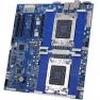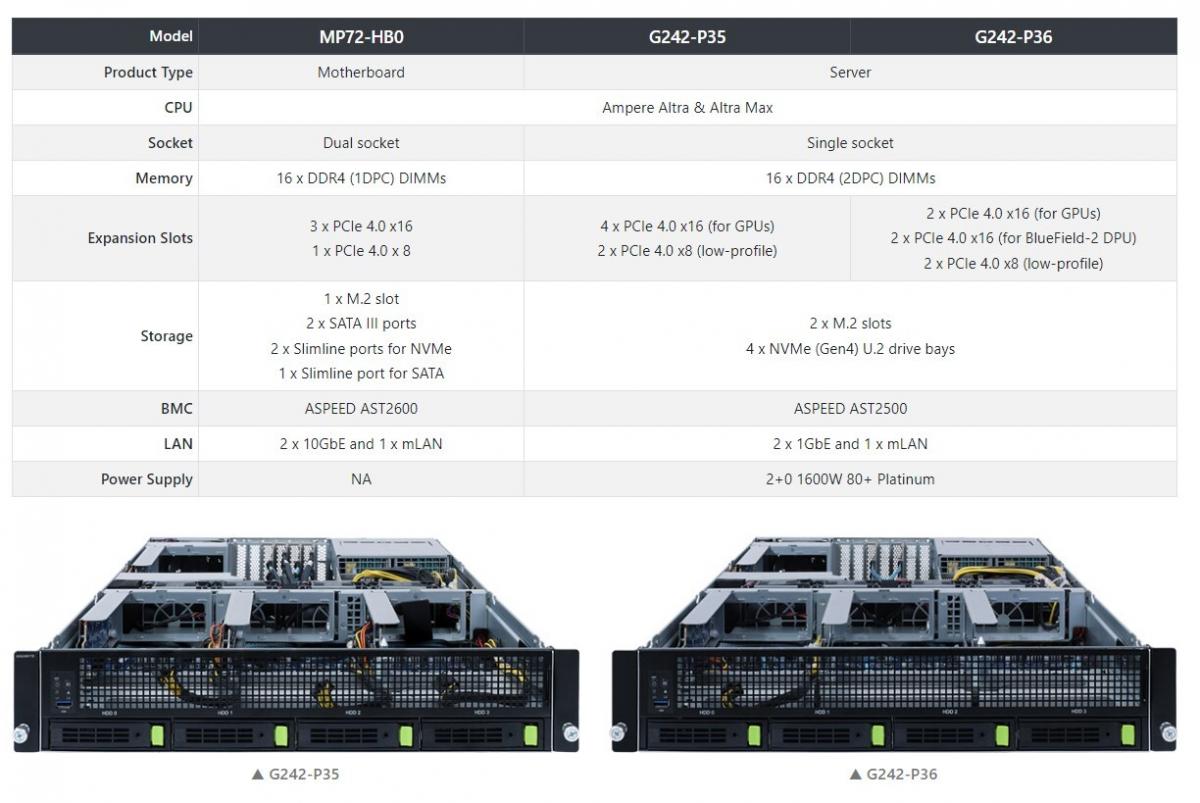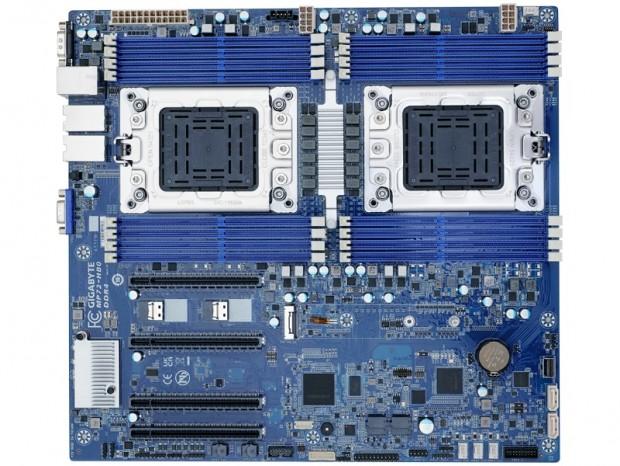GIGABYTE was the first to market with the MP72-HB0 dual-socket motherboard, which supports up to 256 Arm cores and is perfect for cloud-native applications.
In addition, the G242-P35 and G242-P36 servers offer up to 120 TB of NVMe (Gen4) storage capacity when combined with Ampere Altra or Ampere Altra Max CPUs. These GPU-centric servers and motherboards will find a home with hyperscaler and cloud applications rapidly. Because Altra Max processors feature a large core count CPU with one thread per core, 128 threads on a monolithic 128-core device, they offer dependable high performance.
A dual-socket motherboard that supports the Arm-based CPU "Ampere Altra / Altra Max" with up to 128 cores and combinations with up to 256 cores. Additionally, PCI Express 4.0 supports 192 lanes, enabling the construction of a high-performance and extensible corporate server. Memory slot DDR4-3200 x 16, Slimline storage port x 2, SATA 3.0 x 2, SATA Slimline storage port x 1, expansion slot PCI Express 4.0 (x16) x 3, PCI Express 4.0 (x16) x 1.
Ampere Altra Max advantages:
- High performance: Up to 128 cores with 128 threads
- High throughput: 128 PCIe 4.0 lanes (192 lanes in 2P)
- Optimized CCIX for inter-socket communication
- High performance-per-watt: 128 cores with 250 W TDP
- High bandwidth and memory capacity: 8-channel and DDR4-3200
- Applications from Cloud to Edge
MP72-HB0 Overview:
With the new E-ATX motherboard, MP72-HB0, GIGABYTE is offering users a new path toward cloud-native processing outside of the data center to advance applications in cloud-based services, e-commerce, and more. Keeping in line with GIGABYTE's dual-socket board design, this board too supports top-tier processing power, namely two Ampere Altra Max processors (up to 250 W) from the complete stack of CPU choices from Ampere.
G242-P35 & G242-P36:
The -P35 and -P36 join the G242 family of single-socket Arm-based GIGABYTE servers designed to support dual-slot GPUs, by adding exclusive support for NVMe (Gen4) U.2 SSDs. Prior G242 servers focused on SATA only or SATA/SAS drive support; nonetheless, customer feedback proved a need to support NVMe U.2 drives. The major difference between the two new G242 servers is that the -P35 can support four dual-slot GPUs, while the -P36 is designed for NVIDIA Arm HPC Developer Kit and supports at max two dual-slot GPUs. Based on the Ampere Altra platform, there are 128 PCIe Gen4 lanes per socket, and of them, four Gen4 x16 lanes support CCIX for low-latency and cache coherency for the benefit of GPUs, FPGAs, network & storage adapters, and more. CCIX benefits and enables efficient heterogeneous computing by bettering the transfer speeds of PCIe 4.0 while leveraging the PCIe lanes. Applications for the new servers will definitely take advantage of this benefit.
In terms of operating system support, all these new GIGABYTE products support OS from Red Hat, SUSE, Ubuntu, Fedora, Oracle, and Debian.
The product development spirit has always been a key factor in the growth and decisions of GIGABYTE. As a hardware focused company, it has been supporting in-house Arm solutions for nearly a decade. The Arm ecosystem is very familiar to and well-designed by our engineers to optimize new product offerings with a highly competitive proposition that expands the product portfolio and reaches every enterprise niche. The new motherboard and servers add to this spirit of invention offering our customers cloud-native solutions that are in demand.
Remote and Multiple Server Management:
As part of GIGABYTE's value proposition, GIGABYTE provides GIGABYTE Management Console (GMC) for BMC server management via a web browser-based platform. Additionally, GIGABYTE Server Management (GSM) software is available for download on product pages. This software can monitor and manage multiple servers without requiring an additional license fee. GMC and GSM offer great value while reducing TCO and customer maintenance costs




